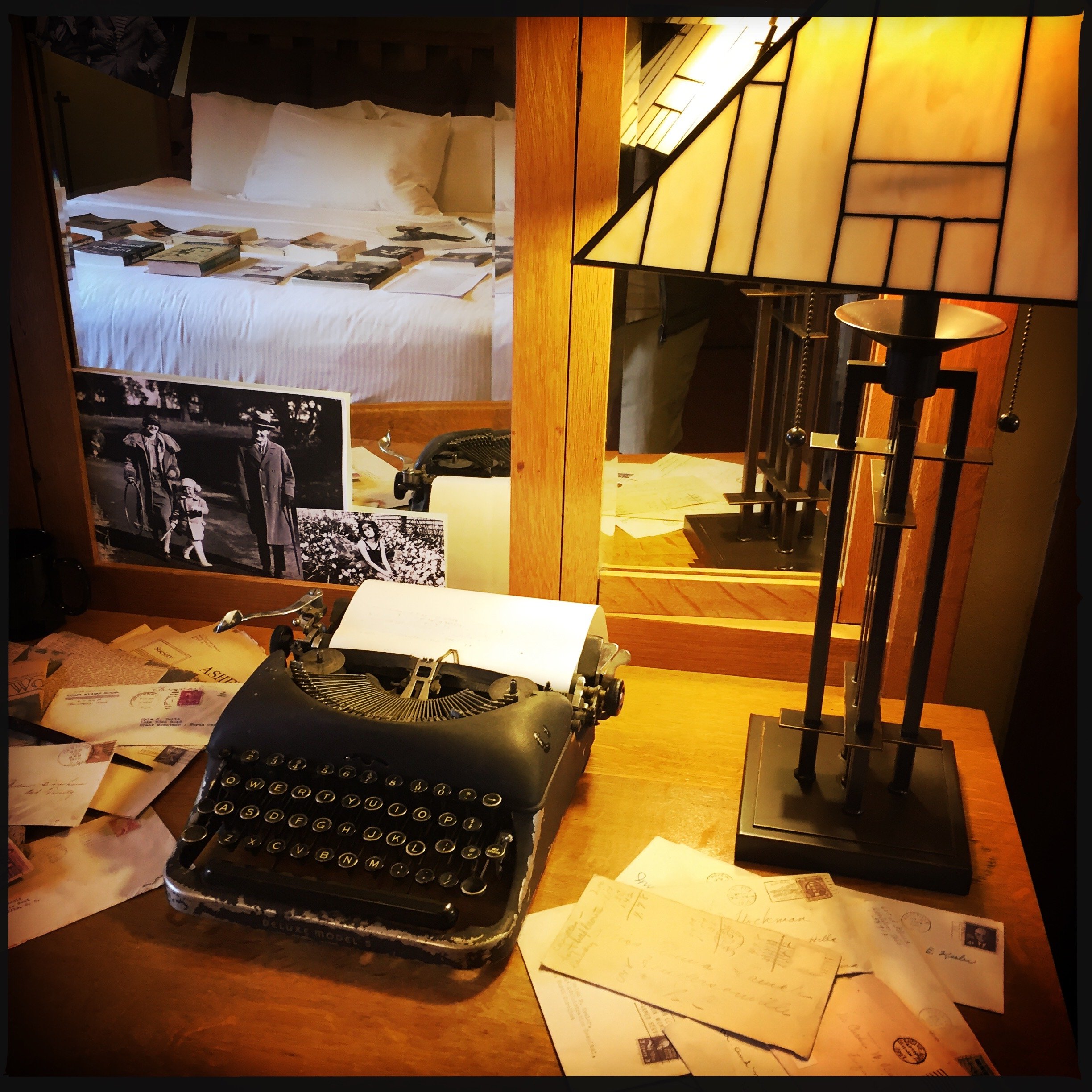When I was freelancing years ago for The New York Times, I figured out at one point that they were paying me under 50 cents a word for the twice-monthly columns I wrote. That was not a surprise; most writers know that there’s not much money in freelancing for papers, especially ones like the Times.
But one day my editor called with a weird proposition. They were running short, under-300-word reviews of local restaurants, and he wondered if I could contribute some. I asked about payment. “We used to pay about $50 each,” he said, “but now we have these coupons for pie.”
I have some trouble hearing, so I’m always second-guessing myself and asking people to restate what they just said. My editor explained that a fancy bakery near the newspaper had given them these vouchers and they were using them as a way to thank people.
Or that’s how I took it.
I misheard. Actually, instead of paying with money, they were paying with these coupons because their budget was so meager for this particular section. They needed the reviews just the same; they just couldn’t pay for them.
There’s so much wrong with this picture. I mean, in order to write any decent restaurant review, you still have to eat at the place. So they weren’t even reimbursing reporters for the food they had bought, but instead offering them dessert.
Like any brainless freelancer, I said yes and started working these capsule reviews into my reporting/writing schedule. If anyone asked, I’d say I was writing restaurant reviews for The New York Times. It was true. They didn’t need to know that it was for the New Jersey section of the paper, how short they were, or the terms.
I did a bunch of these reviews. And because I had misheard the editor, believing the pie thing to be a joke or perhaps an extra thank-you, I actually invoiced them $50, plus expenses, for each review. They always paid. But after each one, I’d get a coupon in the mail for a free pie at the fancy bakery. I finally had a stack of these coupons and collected a few hundred dollars before accounting caught on and the editor had to call, embarrassed, to explain the situation.
I redeemed those coupons very infrequently, I must say. The shop was in an inconvenient location and the one time I called to claim a bunch of pies for a party I was attending, the baker-in-chief told me that I could only get two free pies at any one time with those coupons. To make things worse, the pies were a little on the small side. But they were delicious.
It remains one of the strangest ways I’ve ever been paid for my work. And for a little while, perhaps a summer or so, I liked to think of myself as being the hit of parties when I showed up with two boxes of free pie and a story of professional debasement and exploitation to boot.











